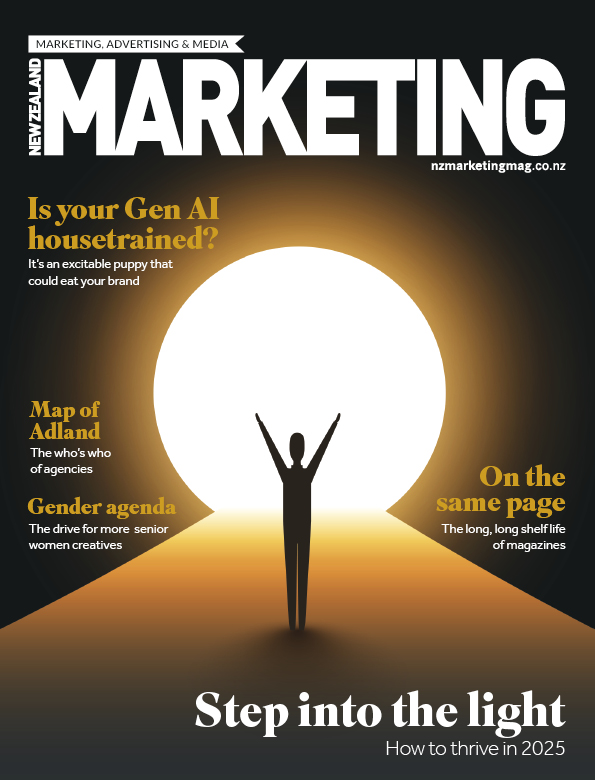‘Survive to 2025’ is so last year. With economic green shoots emerging, NZ Marketing magazine looks at how marketers can thrive in 2025.
Few are in a better position to assess the health of the economy than those who lend businesses money, so it’s encouraging when the marketers at banks start making positive noises.
With New Zealand enduring a deep recession in 2024 – the worst since 1991 (if you exclude the Covid period) – many businesses focused on simply staying afloat.
But now, ANZ New Zealand General Manager of Marketing Matt Pickering is optimistic about the economic picture in 2025.
“I think we’re seeing the first signs of growth returning to the economy, which is a happy sign for all,” he says.
“Last year for many categories it was about fighting for share in a zero-sum game and so things could get pretty brutal. I think all marketers are looking forward to competing again in a growth market where the overall pie is getting larger.”
When the economy is growing, marketing can play a bigger role in an organisation, Pickering says.
“Marketers can help win more than a brand’s fair share of growth, and therefore make a case for more budget and more resource. Let’s hope that translates through into more media spend and a lift for the local advertising and media industry overall too.”
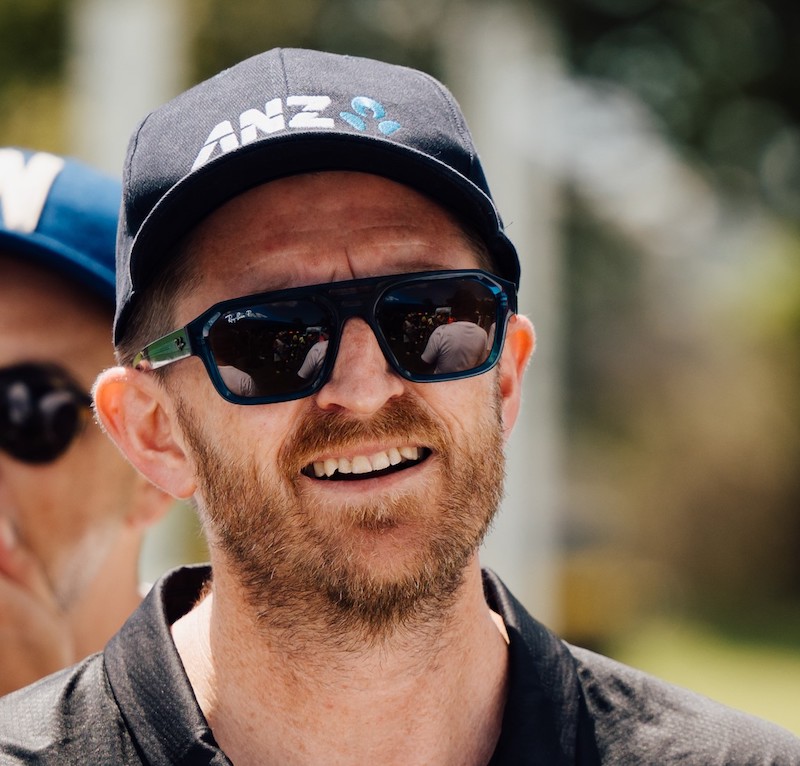
Media owners are also seeing tentative signs of recovery after an incredibly tough period.
TVNZ Chief Revenue Officer Valerie Walshe says: “We’re expecting some of the economic challenges that businesses faced in 2024 will continue across 2025, but as the OCR lowers, we’re anticipating consumer confidence returning.
“We’re starting to see this already in the number of advertisers we’ve got across our platforms and the types of campaigns they’re delivering.”

Growth not guaranteed
Although the overall economy might be showing signs of improvement, businesses shouldn’t sit back and wait for growth to arrive, warns dentsu Aotearoa Chief Executive Rob Harvey.
“We’re going to need to reimagine the way we do things. Just expecting that we tip over into 2025 and suddenly we’re thriving I think is unrealistic. We need to think about how we operate in a constant state of uncertainty.”
Harvey says “revitalisation” is a key theme in 2025, with most of dentsu’s clients looking at how they drive growth back into their businesses.
“I don’t think year on year there’s been any massive shifts in terms of the focus areas, but what we saw last year was there were a number of projects and investments that were put on hold as a lot of clients just hunkered down to survive the year,” he says.
“I think as we start to see a bit more confidence, those areas where they had clear strategic priorities will come much more into focus and they’ll start to invest in those areas.”
Real-life resurgence
So where should marketers be focusing their energy and spending their budgets?
IRL (in real life) experiences and analogue media are in, while ‘brain rot’ is out, according to a list of ‘Ins and Outs in 2025’ created by brand tracking specialists Tracksuit.
Elly Strang, Global Content Marketing Lead at Tracksuit, says analogue technology or IRL experiences stood out on this year’s list.
“This is a really big trend happening at the moment, and it’s driven by Gen Z,” she says.
“They’ve grown up with their entire lives online, but now they want to disconnect and turn back to old school media and experiences, so we see this rise in digital cameras and dad cams, and vinyl sales are higher than they’ve ever been.”
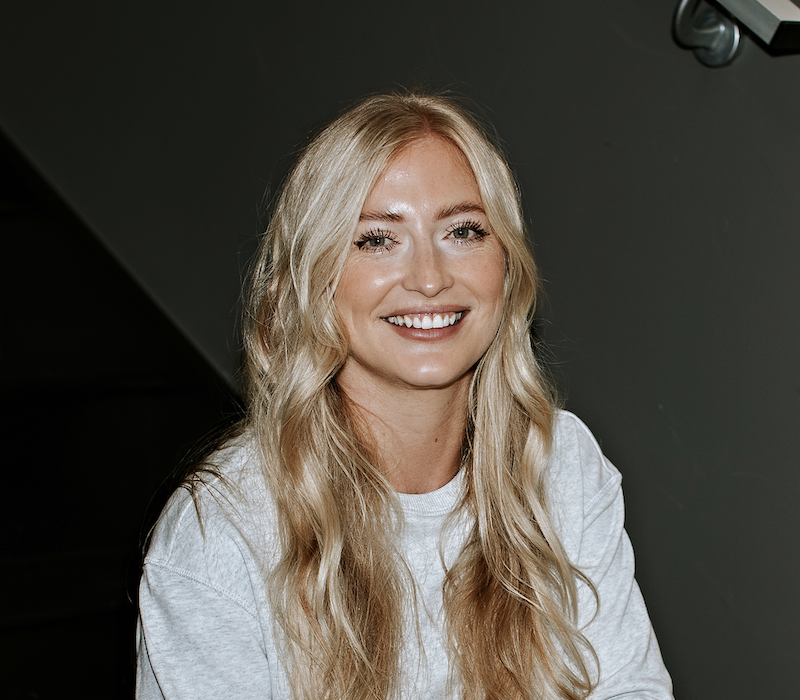
Clogged algorithms
Strang says this trend is taking place at a time when social media platforms like Meta and X are rolling back their regulation online.
“That will inevitably lead to the algorithms being clogged with more meaningless content. And then there’s this rise of AI as well, which means brands and individuals can pump out content at an alarming rate – and it’s often of low quality.
“Doom scrolling and brain rot are going to get even worse. And I think inevitably that pushes people towards offline and towards in-real-life experiences.”
New Zealand brands have embraced the IRL trend with creative activations including ‘Love Stinks’, a pop-up flower shop in Auckland created by ANZ Bank and TBWA\New Zealand to raise awareness about romance scams.
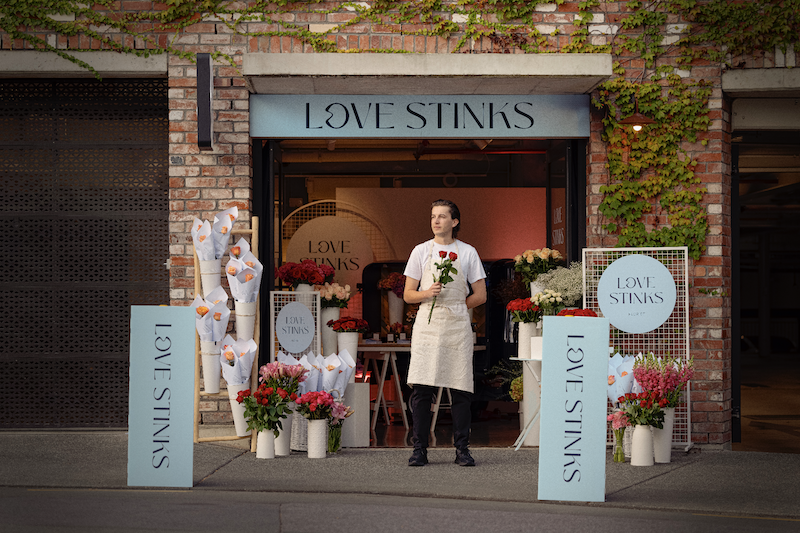
Last spring, Woolworths New Zealand opened the world’s first supermarket for bees via dentsu Aotearoa, while over summer KFC raised $40,000 for Surf Lifesaving New Zealand with Kentucky Fish & Chips at Mairangi Bay Surf Life Saving Club in Auckland, via Stanley St and Special PR.
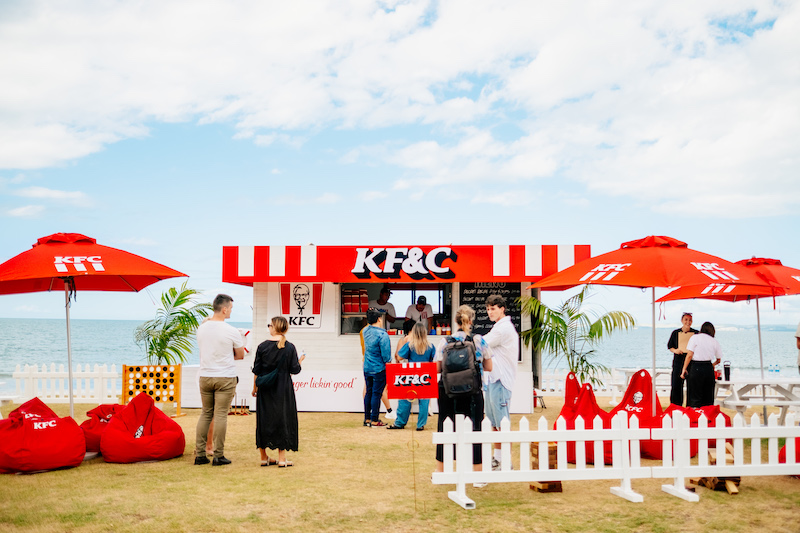
Luxury brands lead, as per
Brand strategist Eugene Healey says “in-person culture” is having a real resurgence and brands are starting to incorporate it into their marketing campaigns.
“We started to see book clubs, running clubs, all of that stuff popping up over the last several years. What is interesting to me is that the luxury industry is now starting to use that as positioning,” he says.
“Culture often flows downstream of what’s happening in luxury, and I think that’s going to drive a sentiment that meeting up and being in person is a status symbol, while being chronically online is a low-status thing to do.
“People are going to want to spend more time offline because they view it as a high-status way of connecting.”
Brand communities that exist purely online are not necessarily real, says Healey. The prospect of TikTok being banned in the USA put this phenomenon in the spotlight.
“People realised, ‘I don’t actually own my community.’ I may be on this platform, but if the platform shuts down, then I’m never going to see any of these people.”
Healey also predicts we are moving into a “post-brain rot” culture, with people getting sick of low-quality, often AI-generated short-form content.
“We’ve hit the peak of our attention being extracted, of our neurons being hijacked. That’s what brain rot is.
“It’s effectively this fugue state that you get put into where you are just mindlessly consuming content that is geared to give you a dopamine reward above everything. And I think that people are starting to burn out on that content.”
SEO for AI
The rise of AI is having many effects on the marketing world, but one thing marketers need to think about is how to adapt to its increasingly prevalent use in search.
Search engine optimisation (SEO) has been a vital part of online marketing for years, with a high Google search ranking being the holy grail for content creators.
However, marketers now also need to be proficient at answer engine optimisation (AEO), according to Michael Carney, CEO of digital marketing course provider Netmarketing.
With Google adding AI overviews to more of its search results, and with the likes of ChatGPT, Perplexity.ai and DeepSeek offering instant AI-generated answers, Carney says brands need to structure their content so AI can easily pull an answer from it.
“Since the advent of Siri, Google Assistant and Alexa, we’ve already changed the types of queries we’re optimising for, because it’s much more conversational when you’re just asking Alexa. It will be more of that,” he says.
He also suggests using an FAQ-type format, where possible.
“If you’re optimising for an article on buying a house, and you’re including FAQs using phrases that are basically responses to typical queries purchasers have, that will feed nicely into AI search results.”
There is good news for traditional SEO gurus: Carney points to a recent study that found Google’s AI overviews still draws most of the answers from the top 10 Google search results.
“If you are optimising and getting rewarded by being in the top 10 search results for a query, then at least with Google, that’s likely to feed into the sorts of things that it replies with AI overviews answers.”
Local media evolves
Changes in technology have contributed to tough times for New Zealand’s media industry, which saw a string of layoffs and poor financial results last year.
NZME Chief Marketing Officer Katie Mills says it’s been “grisly” but she is feeling optimistic.
“There’s innovation everywhere, a sense of collegiality and we have a trusted role to play connecting communities, supporting our advertisers and keeping Kiwis in the know. Trust and innovation aren’t opposing forces – they’re our industry’s greatest strengths when combined effectively.”
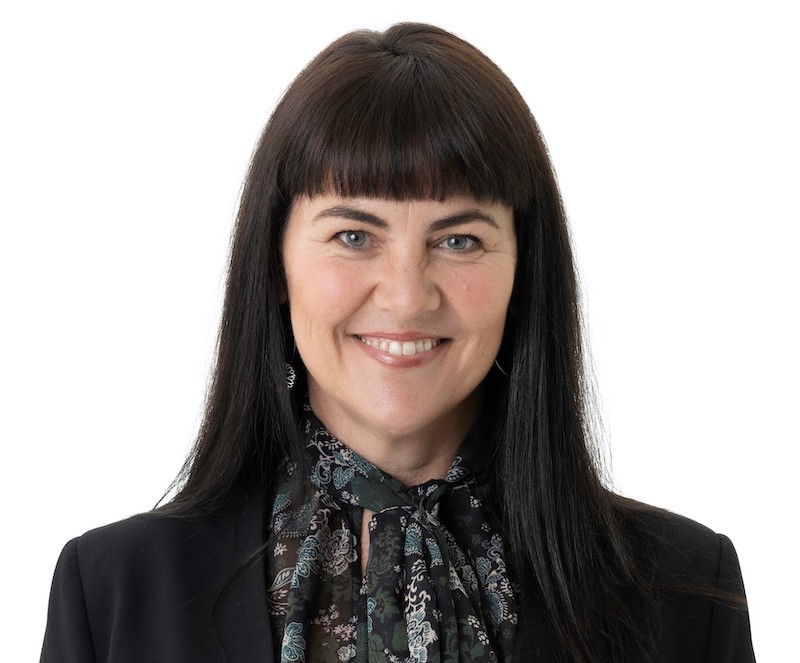
Jaana Collins, Stuff Commercial Director – Brand Connections, says 2024 was a challenging year, particularly for smaller media players.
“We are still waiting for the Government to tackle the unfair playing field we have in New Zealand with global players like Meta building huge profits without paying for our content.”
That said, Collins says Stuff had a huge year in 2024, bringing live sport broadcasting including the America’s Cup and SpeedHub to stuff.co.nz.
“We see Stuff continuing to grow as a platform for New Zealand, with content partners like Paddy Gower and Brodie Kane bringing their unique storytelling to the platform, as well as commercial partners like Chemist Warehouse with The House of Wellness, and ANZ through its ‘How to’ small business content.”
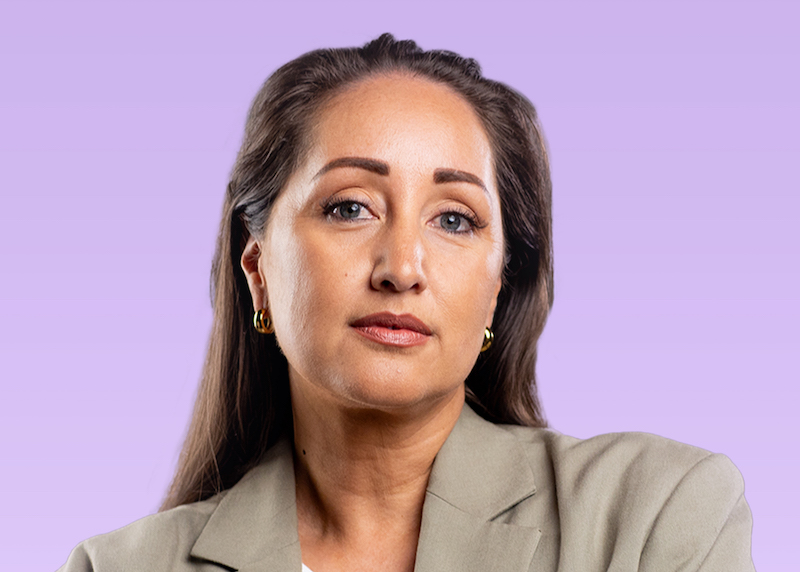
TVNZ’s Howard says they have a “really clear vision” – to be the number one streaming platform of trusted news, sport and entertainment.
“By securing compelling content and generating massive online audiences we earn the right to be the preferred digital destination of advertisers.”
Underpinning that headline goal are a number of focus areas, Howard says.
“We want to make it easier to trade with us and we want to give our clients access to richer data and better digital measurement tools to help them make strong decisions and drive even better results.”
Trust issues
One issue both marketers and media owners need to confront in 2025 is eroding public trust in organisations and brands.
dentsu’s Harvey expects there will be “a lot of conversations” about trust over the next couple of years.
“We’ve seen a huge decline in trust in media outlets and in the establishment, obviously being fuelled by the political landscape at the moment,” he says.
“That will filter through, or already is filtering through, to consumers’ trust in corporates and in brands and what organisations are doing with their data and so on.
“Navigating that environment will be interesting for organisations this year.”
Brand safety is also going to be “criticially important”, Harvey says, thanks to a “very challenging” social media landscape.
“Finding platforms where brands can exist in a trusted and safe environment is really important, which is in a lot of ways great for our local media ecosystem, right? Because they are for the most part, a strong brand safe environment.”
Mills says NZME is seeing a remarkable return to ‘trust’, with Kiwis actively seeking out content from sources they know and can believe in.
“This isn’t just about news consumption, it’s a fundamental change in how people want to engage with both content and brands. This creates a fresh strategic challenge for marketers, to rebalance their marketing mix,” she says.
“Yes, your performance marketing needs to deliver – but the environment where your brand shows up matters more than ever and we know ad impact significantly increases when it appears alongside trusted content.”


